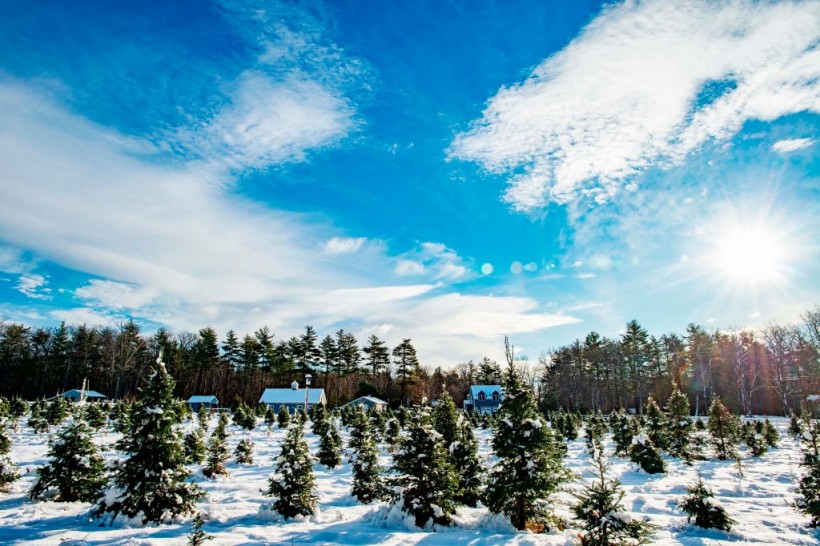Post-Thanksgiving weather will be the wettest day for the Northeast United States, which will experience mild temperatures and heavy rainfall events not only across the said region but also to the Midwest.
Floodwaters due to heavy precipitation is notable from New York City to Boston, as well as from the Tennessee Valley into some areas of Virginia and the Carolinas, according to US meteorologists.
Post-Thanksgiving Weather

The wettest day for many Americans in the Northeast US will be this coming Friday, November 25, which is a traditionally busy day for holiday shopping.
This is according to AccuWeather forecasters, which said that the post-Thanksgiving weather is caused by a quick-moving storm system that will navigate from Canada and reach the Midwest on Thanksgiving Day on Thursday, November 24.
The forecasters highlighted that the looming unsettled weather came less than a week after record-breaking low temperatures and a powerful lake-effect snowstorm transformed parts of the Midwest and Northeast like the middle of the winter, which annually occurs from December to February.
Sporadic Weather Hazards
The Weather Prediction Center (WPC) of the National Weather Service (NWS) predicted sporadic weather hazards may occur before Thanksgiving Day, while still highlighting the tranquil weather in general across the Lower 48 states.
However, other meteorologists said travelers coming home from the holiday could experience chaotic travel as a storm will hover over the Central US and Southern US.
This means that while the weather has shifted away from the lake-effect snowstorm, heavy rain and snowfall are still possible even after the national holiday.
Nevertheless, it is not as severe as the ones experienced by the Midwest and Northeast last week.
Lake Effect Snowstorm
The relative calm weather in the Northeast comes several days after the historic lake-effect snowstorm buried parts of western New York, as well as the northern areas of the state, with several inches of snow.
Snowfall accumulation had a total as high as 77 inches (196 centimeters), which were reported in the Buffalo, New York, suburb of Orchard Park, according to The Associated Press.
The lake-effect snow event was triggered by cold air picking up moisture from warmer lakes, creating narrow bands of wind-blown snow which left some communities and towns disrupted.
The thick accumulation covered roadways and brought poor visibility, affecting both ground and air travel.
The snowstorm also killed a snowplow driver in the town of Hamlet, Indiana, when his plow overturned off the pavement and rolled over, according to the Starke County Sheriff's Department, as cited by AP news.
Initial US weather forecasts previously warned that the snowstorm event will affect days leading up to Thanksgiving Day, with an emphasis on Buffalo.
What is a Lake Effect Snow?
The NWS defines a lake effect snow as a common weather phenomenon across the Great Lakes region, particularly during the late fall and winter season.
The following are the phases that leads to the formation of the snowstorm event:
- cold air moves over the warm lake water, as what mentioned earlier
- heat and moisture cause clouds to form
- clouds grow larger and snow begins to fall
- heavy snow band formation occurs downwind of the lake
Related Article: Sporadic Weather Hazards to Continue for Lower 48 States Until Thanksgiving
© 2024 NatureWorldNews.com All rights reserved. Do not reproduce without permission.





